Engineering inspections are essential for guaranteeing the safety, dependability, and effectiveness of constructions and systems. Traditionally, these inspections depended heavily on manual procedures and human proficiency. However, with the arrival of sophisticated technologies, the scenery of engineering inspections has altered considerably. This blog investigates the crucial function of technology in contemporary engineering inspections, emphasizing how diverse technological developments have revolutionized the domain.
Evolution of Engineering Inspections
In former times, engineering inspections were mostly manual, involving physical examinations and visual evaluations by inspectors. These methods, while competent, were time-consuming and often restricted by human mistake and accessibility issues. The change to digital and automated solutions indicated a substantial change in the industry. Technologies such as drones, AI, robotics, and IoT have introduced new levels of precision, efficiency, and safety, making inspections more thorough and dependable.
Key Technologies in Modern Engineering Inspections
- Drones and UAVs
- Drones and Unmanned Aerial Vehicles (UAVs) have become indispensable instruments in engineering inspections. They deliver aerial views and access to hard-to-reach zones, considerably improving the extent and accuracy of inspections. Drones fitted with high-resolution cameras and sensors can capture detailed images and data, permitting inspectors to identify problems that might be missed during manual inspections.
- Artificial Intelligence (AI) and Machine Learning
- AI and machine learning algorithms perform a critical function in analyzing huge amounts of inspection data. These technologies can identify patterns, forecast potential failures, and offer insights that assist in preventive maintenance. AI-driven tools can process images and sensor data to detect anomalies, ensuring timely interventions and reducing the risk of catastrophic failures.
- Robotics and Automation
- Robotic systems are increasingly utilized for executing repetitive and hazardous inspection tasks. These robots can navigate complex environments, conduct detailed inspections, and relay real-time data to human operators. Examples include robotic crawlers for pipeline inspections and automated systems for structural assessments.
- 3D Scanning and Imaging
- 3D scanning and imaging technologies provide detailed structural analysis, delivering high-resolution images and models of inspected areas. These tools are particularly beneficial for assessing wear and tear, structural integrity, and compliance with design specifications. The capability to create accurate 3D models aids in better visualization and documentation of inspection findings.
- Internet of Things (IoT)
- IoT sensors enable real-time monitoring of various parameters such as temperature, pressure, and vibration. These sensors can be integrated into structures and systems, providing continuous data that assists in early detection of issues. IoT technology, combined with other inspection tools, offers a comprehensive approach to monitoring and maintaining engineering assets.
Benefits of Technological Advancements
The integration of technology in engineering inspections brings numerous advantages:
• Increased Accuracy and Reliability: Advanced tools provide precise measurements and detailed data, lessening the probability of errors.
• Enhanced Safety: Technologies like drones and robots minimize the necessity for human presence in dangerous environments.
• Cost and Time Efficiency: Automated systems and digital tools streamline the inspection process, conserving time and reducing costs. For instance, the Inspect Pro app offers making it easier to conduct thorough inspections and generate comprehensive reports efficiently.
• Improved Documentation and Reporting: Digital platforms facilitate better documentation and easy sharing of inspection reports. The Inspect Pro app excels in this area by providing streamlined reporting features that enhance the overall inspection process.
Challenges and Considerations
Despite the advantages, there are challenges to consider:
• Initial Costs and Investment: Implementing advanced technologies requires significant upfront investment.
• Training and Skill Development: Inspectors need to be trained to use new tools and technologies effectively.
• Data Security and Privacy Concerns: Ensuring the security and privacy of collected data is crucial.
Future Trends
The future of engineering inspections is likely to observe further developments in technology. Emerging trends include the use of augmented reality (AR) for enhanced visualization, blockchain for secure data management, and more sophisticated AI algorithms for predictive analytics. These innovations promise to make inspections even more efficient and reliable.
Conclusion
Technology has undeniably transformed contemporary engineering inspections, making them more accurate, efficient, and safe. As developments continue, the role of technology will only grow, paving the way for smarter and more effective inspection practices.
Stay updated with the latest technological advancements in engineering inspections. Explore tools like the Inspect Pro app, which offers customizable templates, visual documentation, streamlined reporting, user-friendly interface, and capable to manage multiple Clients, Suppliers, and Projects.
